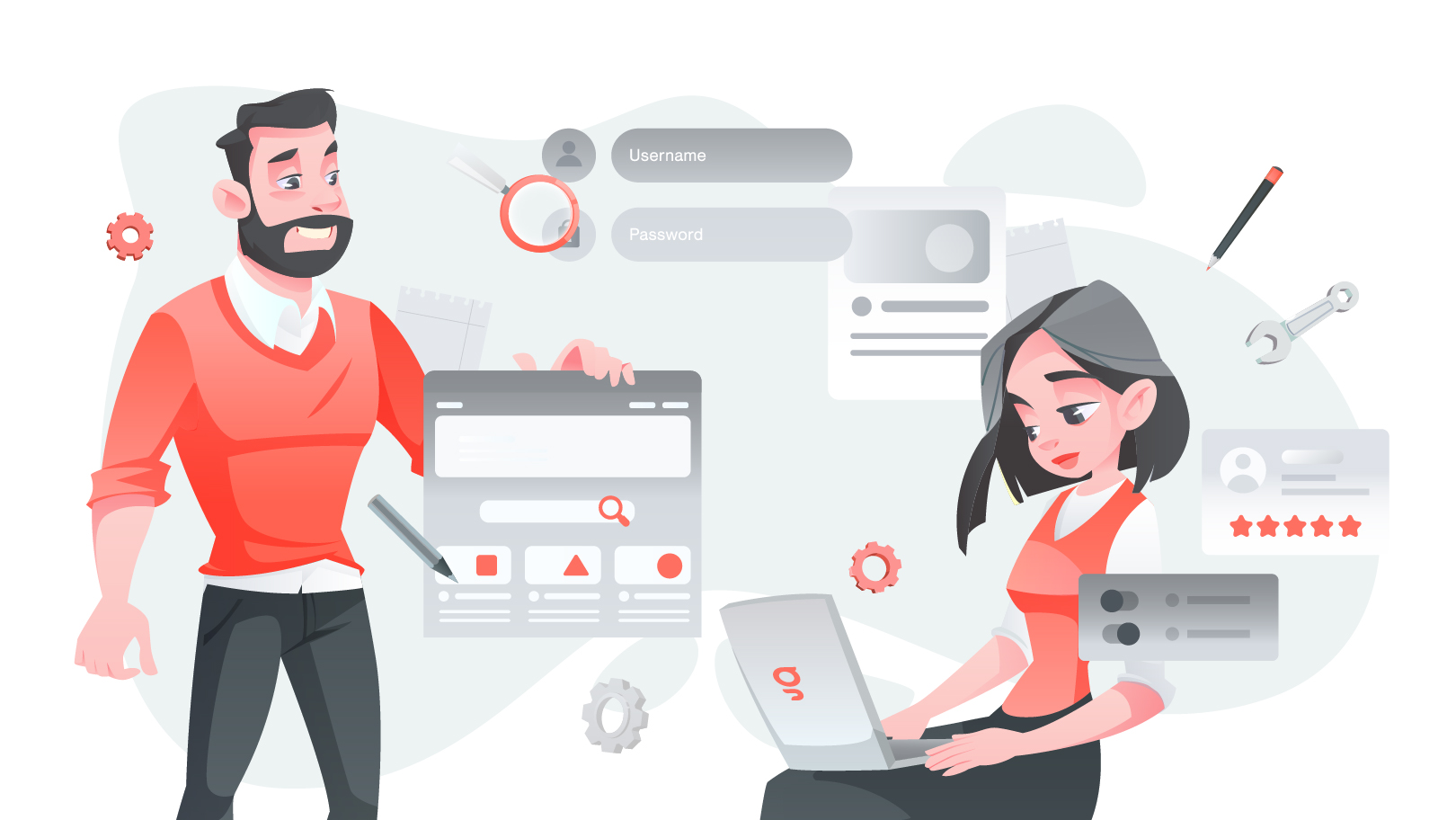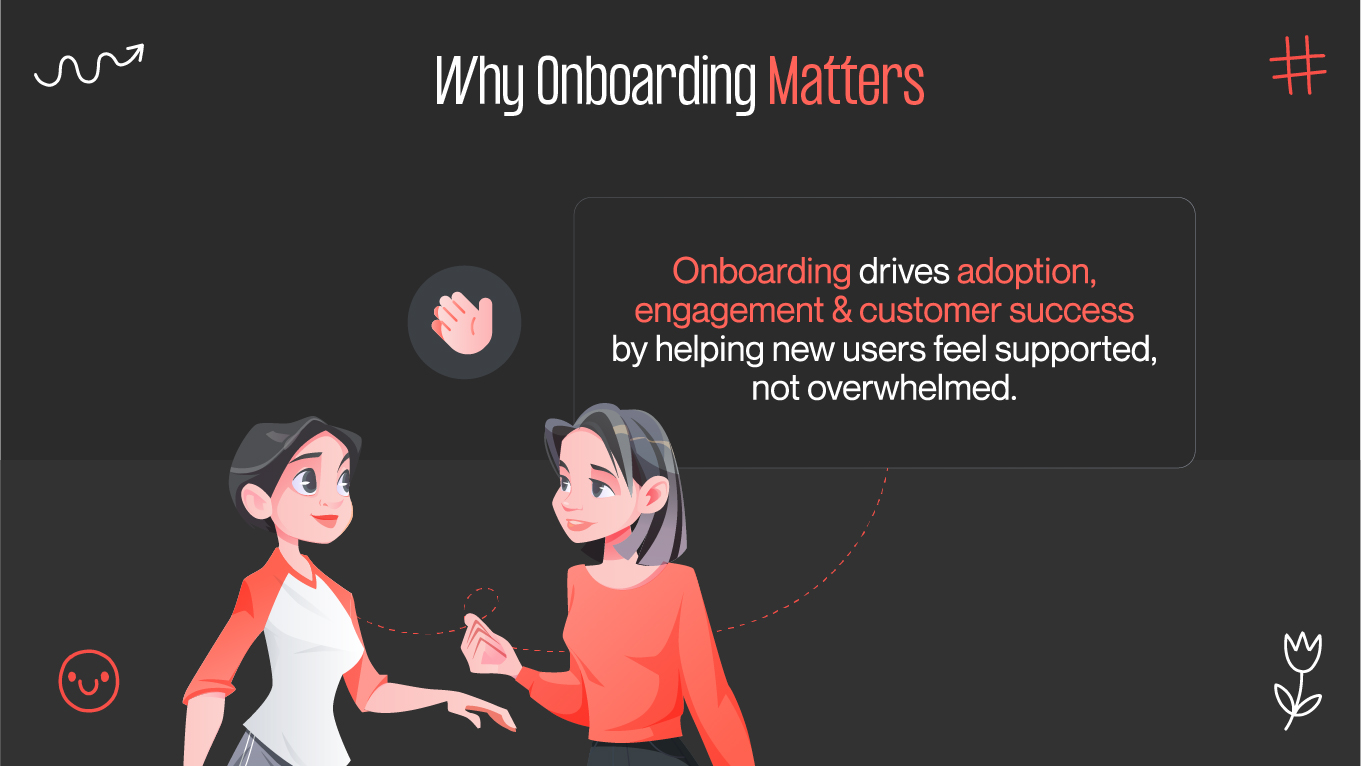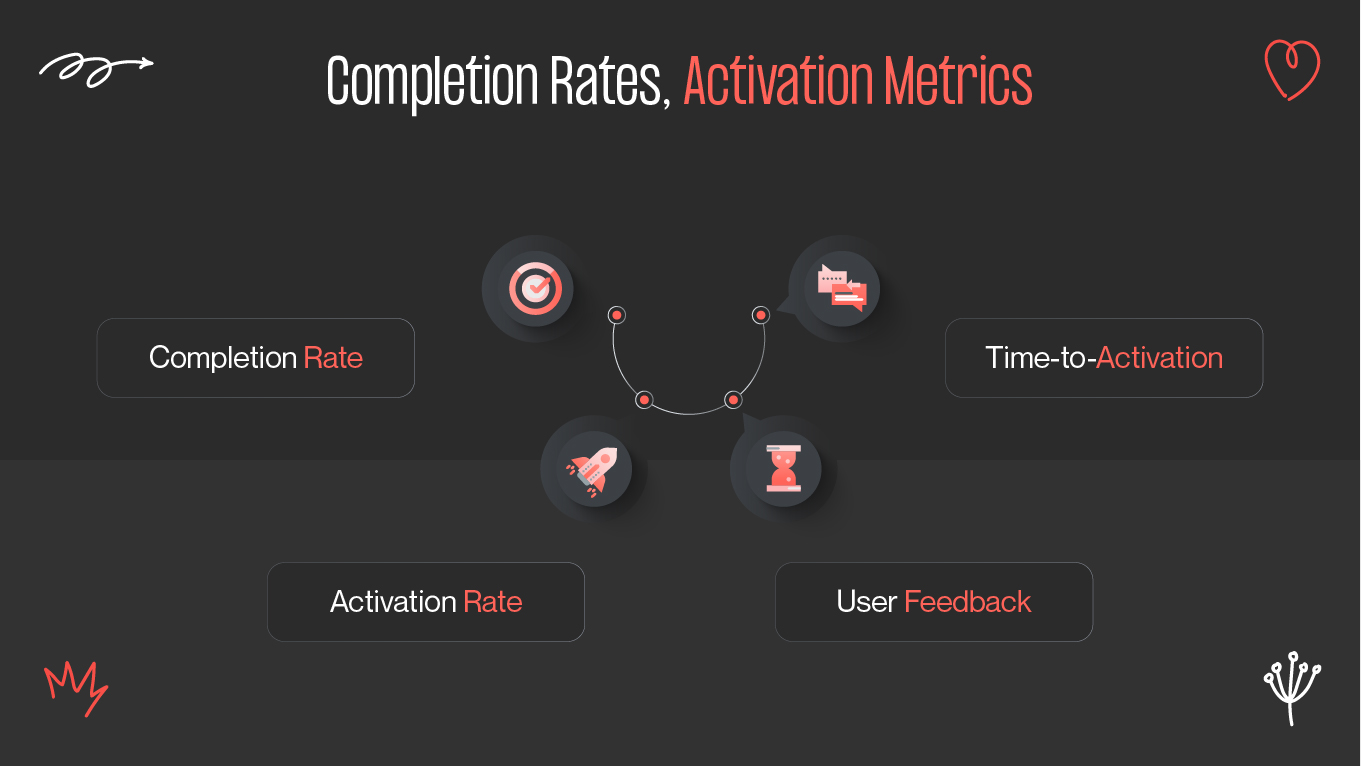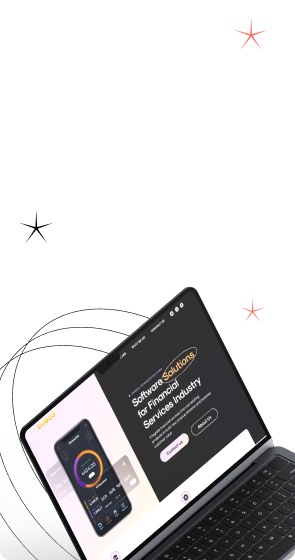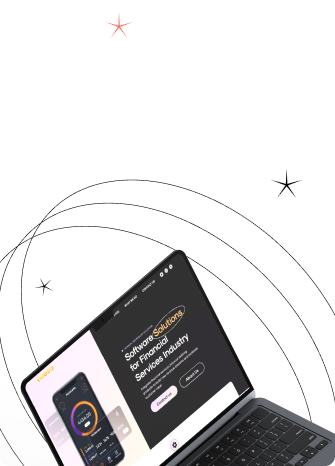A product's first impression is everything. Within moments of opening an app or website, users decide whether it’s worth their time. That’s why onboarding UX plays such a vital role in user retention and engagement. It's not just a walkthrough — it's your brand’s opportunity to deliver value, build trust, and ensure users feel confident navigating your product.
Designing a smooth first-time user experience helps eliminate friction, reduce confusion, and guide users toward their “aha” moment — the point where they understand the core benefit of your product.

